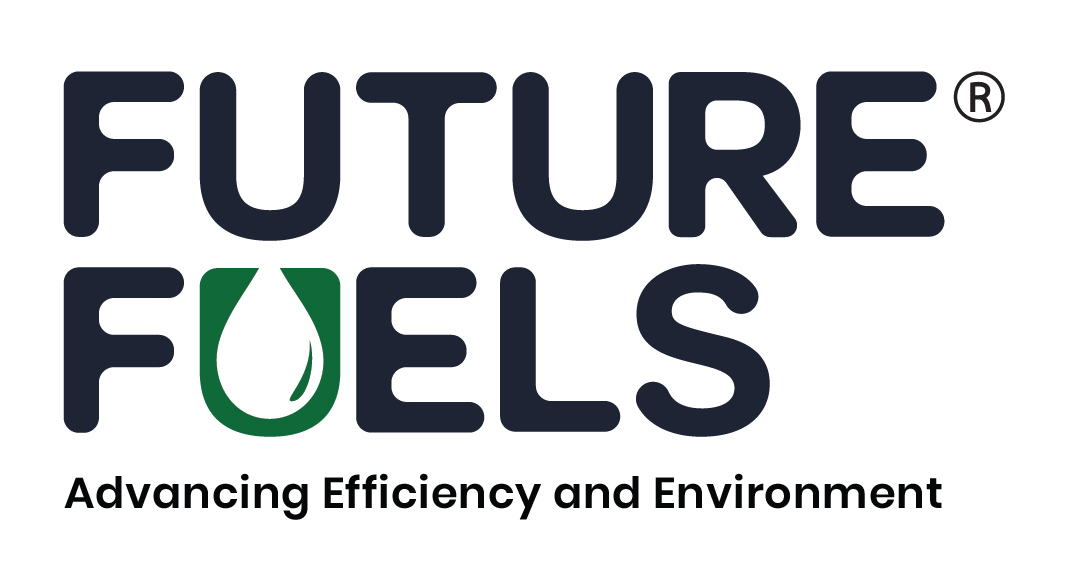India is home to 63 of the 100 most polluted cities in the world and continues to rely on diesel generators for backup energy.
While the current renewable energy market is driven by traditional solar players with limited energy storage capabilities, the new renewable energy utility norms necessitate power producers to supplement five percent of total production with battery storage. The existing storage options are mostly lead-acid-battery-based, bulky, costly, with shorter lifespan, lower voltage discharge rate, and inefficient.
As conscious consumers move away from DG sets for power backup, the demand for smarter storage options is growing. India wants to achieve 50% of its installed energy capacity through non-fossil fuels by 2030. With the demand for electricity growing in an unprecedented manner, customers want to ensure they will never run out of electricity; and energy storage is a key enabler of this transition to distributed energy generation.
Tags: Diesel, Energy Storage, India, Renewables

Recent Posts
DPIIT promotes green logistics industry
Petronet LNG reports record volumes
TotalEnergies buys stake in wind farm to produce green hydrogen
Ports of Indiana, Port of Antwerp-Bruges partner on green shipping
Bhutan moves towards green transition
GCMD completes biofuel supply chain trials with Hapag-Lloyd
Airbus partners with Avolon on hydrogen aviation
Nuclear power transition more safe option for decarbonisation than coal